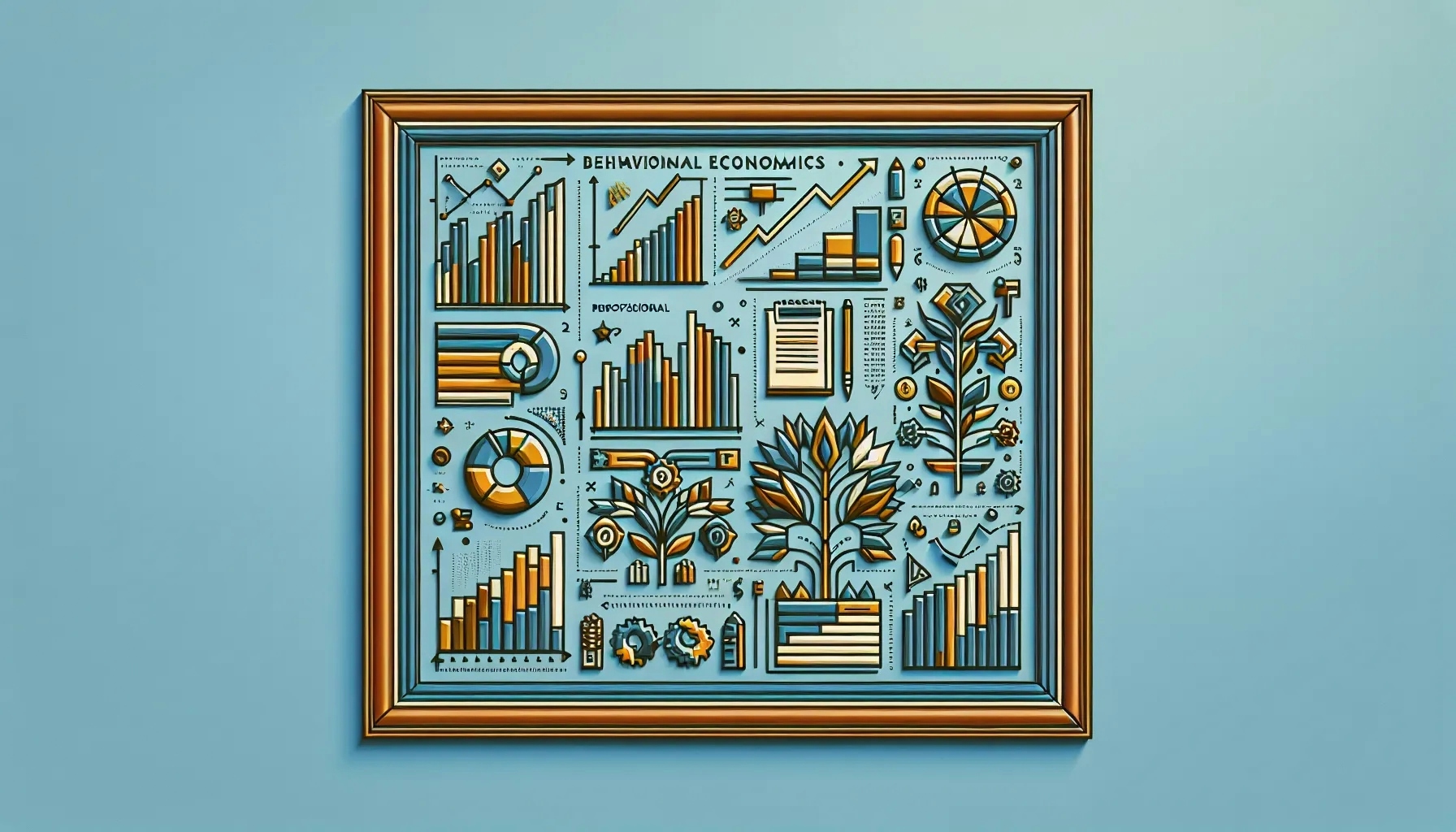Understanding Behavioral Economics
Economist Zone

Welcome to a deep dive into the fascinating world of behavioral economics. This blog post aims to shed light on this complex field, which combines psychology and economics to explain why people make certain financial decisions. We'll explore the key principles, real-world applications, and the impact of behavioral economics on various sectors.
The Foundation of Behavioral Economics
Behavioral economics emerged as a response to traditional economic theories. These theories often assume that individuals act rationally and have access to complete information. However, behavioral economics recognizes that people's decisions are often irrational and influenced by cognitive biases.
Daniel Kahneman and Amos Tversky, pioneers in this field, introduced concepts like loss aversion and prospect theory. Loss aversion refers to people's tendency to prefer avoiding losses over acquiring equivalent gains. Prospect theory, on the other hand, describes how people make choices based on potential gains or losses, rather than the final outcome.
These theories have revolutionized our understanding of economic behavior. They have shown us that emotions, biases, and social factors play a significant role in our financial decisions.
Key Principles of Behavioral Economics
Behavioral economics is built on several key principles. These principles help us understand why people often make financial decisions that seem irrational.
One of these principles is 'Heuristics'. Heuristics are mental shortcuts that people use to make decisions quickly. While they can be helpful, they can also lead to systematic errors or biases.
Another principle is 'Framing'. Framing refers to how the presentation of information affects our decisions. For example, people are more likely to buy a product if it's advertised as "95% fat-free" rather than "5% fat".
The principle of 'Market Inefficiencies' acknowledges that markets are not always efficient. This is because they are influenced by irrational behaviors and biases.
Understanding these principles can help businesses, policymakers, and individuals make better financial decisions.
Real-World Applications of Behavioral Economics
Behavioral economics has numerous real-world applications. It can help businesses understand consumer behavior, improve marketing strategies, and enhance product design.
For instance, businesses can use behavioral economics to create pricing strategies. By understanding how consumers perceive value, businesses can price their products in a way that maximizes sales.
Behavioral economics can also help policymakers design more effective policies. For example, by understanding how people respond to incentives, policymakers can create policies that encourage desired behaviors.
Moreover, behavioral economics can help individuals make better financial decisions. By understanding their own biases and irrational behaviors, individuals can avoid common financial mistakes.
Impact of Behavioral Economics on Various Sectors
Behavioral economics has had a profound impact on various sectors. In the financial sector, it has led to the development of 'behavioral finance'. This field studies how cognitive biases affect investment decisions.
In the healthcare sector, behavioral economics has been used to design interventions that encourage healthy behaviors. For example, it has been used to create programs that incentivize people to quit smoking or exercise regularly.
In the public sector, behavioral economics has been used to improve public policy. By understanding how people respond to incentives, policymakers can design policies that are more effective and efficient.
Criticisms and Limitations of Behavioral Economics
Despite its many applications, behavioral economics also has its criticisms and limitations. Some critics argue that it overemphasizes irrational behavior. They believe that people are capable of learning from their mistakes and adjusting their behavior accordingly.
Another criticism is that behavioral economics often relies on experiments conducted in controlled environments. These experiments may not accurately reflect real-world conditions.
Furthermore, behavioral economics does not always provide clear policy recommendations. While it can identify problems with traditional economic models, it does not always offer solutions.
Despite these criticisms, behavioral economics continues to be a valuable tool for understanding economic behavior.
The Future of Behavioral Economics
The future of behavioral economics looks promising. As more research is conducted, we will likely gain a deeper understanding of how cognitive biases affect our financial decisions.
Moreover, as technology advances, we may be able to use behavioral economics in new and innovative ways. For example, we could use artificial intelligence to analyze large amounts of data and identify patterns in economic behavior.
Despite its limitations, behavioral economics has the potential to revolutionize our understanding of economic behavior. It offers a more realistic and nuanced view of how people make financial decisions.
Wrapping Up the Exploration of Behavioral Economics
We've journeyed through the complex landscape of behavioral economics, understanding its principles, applications, and impact on various sectors. While it has its limitations, its value in providing a more realistic view of economic behavior is undeniable. As we continue to explore this fascinating field, we may uncover more insights that can help us make better financial decisions and create more effective policies.